Search engine marketing (SEM) is a powerful way to promote your website or business online by improving your visibility on search engines like Google, Bing, or Yahoo. SEM helps businesses attract more visitors, generate leads, and increase sales by leveraging search engine platforms.
With billions of searches happening daily, mastering SEM is crucial for online success. In this blog, we’ll explore the different types of search engine marketing, explain how they work, and show you how to use them to grow your online presence. This guide is written in simple language with high readability and packed with SEO-friendly keywords to help you understand SEM and its benefits.
What Is Search Engine Marketing?
Increasing a website’s visibility on search engine results pages (SERPs) is the aim of search engine marketing, a subset of digital marketing. SEM combines various techniques to drive traffic to your website, either through paid ads or organic methods.
The main types of search engine marketing include paid search advertising, organic search optimization (SEO), and additional strategies like display ads and remarketing. The ultimate goal is to appear higher in search results when users search for keywords related to your business.
Since most consumers only look at the first page of search results, SEM is crucial. By using effective SEM strategies, businesses can reach their target audience, increase website traffic, and improve conversions. Let’s dive into the main types of search engine marketing and how they can help your business.
1. Pay-Per-Click Advertising (PPC)
What Is PPC Advertising?
A common kind of SEM is pay-per-click (PPC) advertising, in which marketers are charged a fee each time one of their ads is clicked. PPC ads appear at the top or bottom of search engine results pages, marked as “Ad” or “Sponsored.” These ads target specific keywords, ensuring they appear when users search for those terms.
How Does PPC Work?
PPC advertising involves bidding on business-related keywords. For example, if you own a bakery, you might bid on keywords like “best cupcakes near me.” When someone searches for these keywords, your ad could appear in the search results. PPC is a cost-effective strategy since you only have to pay when someone clicks. This makes PPC one of the most effective types of search engine marketing for businesses looking for instant traffic.
Benefits of PPC Advertising
- Quick Results: Instant traffic compared to organic SEO.
- Targeted Reach: Target audiences based on location, interests, or demographics.
- Budget Control: Set daily or monthly budgets easily.
- Measurable Results: Platforms like Google Ads provide analytics for clicks and conversions.
Tips for Successful PPC Campaigns
- Choose the right keywords with low competition and high search volume.
- Write compelling ad copy with strong CTAs.
- Optimize landing pages for conversions.
- Monitor and refine campaigns regularly.
2. Search Engine Optimization (SEO)
What Is SEO?
The practice of improving your website to appear higher in organic (non-paid) search engine rankings is known as search engine optimization. SEO is one of the most popular types of search engine marketing because it delivers long-term results without ongoing ad spend.
Key Components of SEO
- Keyword Research: Identify search phrases your audience uses.
- On-Page SEO: Titles, meta descriptions, headers, and content should all be optimised for on-page SEO.
- Off-Page SEO: Build high-quality backlinks.
- Technical SEO: Improve site speed, mobile-friendliness, and security.
- Content Marketing: Create valuable blogs, videos, and infographics.
Benefits of SEO
- Cost-effective traffic source.
- Long-term rankings.
- Builds credibility and trust.
- Increases relevant traffic.
SEO is one of the types of search engine marketing that every business should invest in for sustainable growth.
3. Local SEO
What Is Local SEO?
Enhancing exposure for location-based searches is the main goal of local SEO, a subset of search engine marketing. This is especially useful for small businesses like restaurants, salons, or repair shops.
Strategies for Local SEO
- Optimize your Google Business Profile with accurate details.
- Use location-specific keywords.
- Collect customer reviews.
- Create local citations on Yelp and TripAdvisor, for example.
Local SEO is one of the most effective types of search engine marketing for businesses targeting customers in a specific city or area.
4. Shopping Ads (Product Listing Ads)
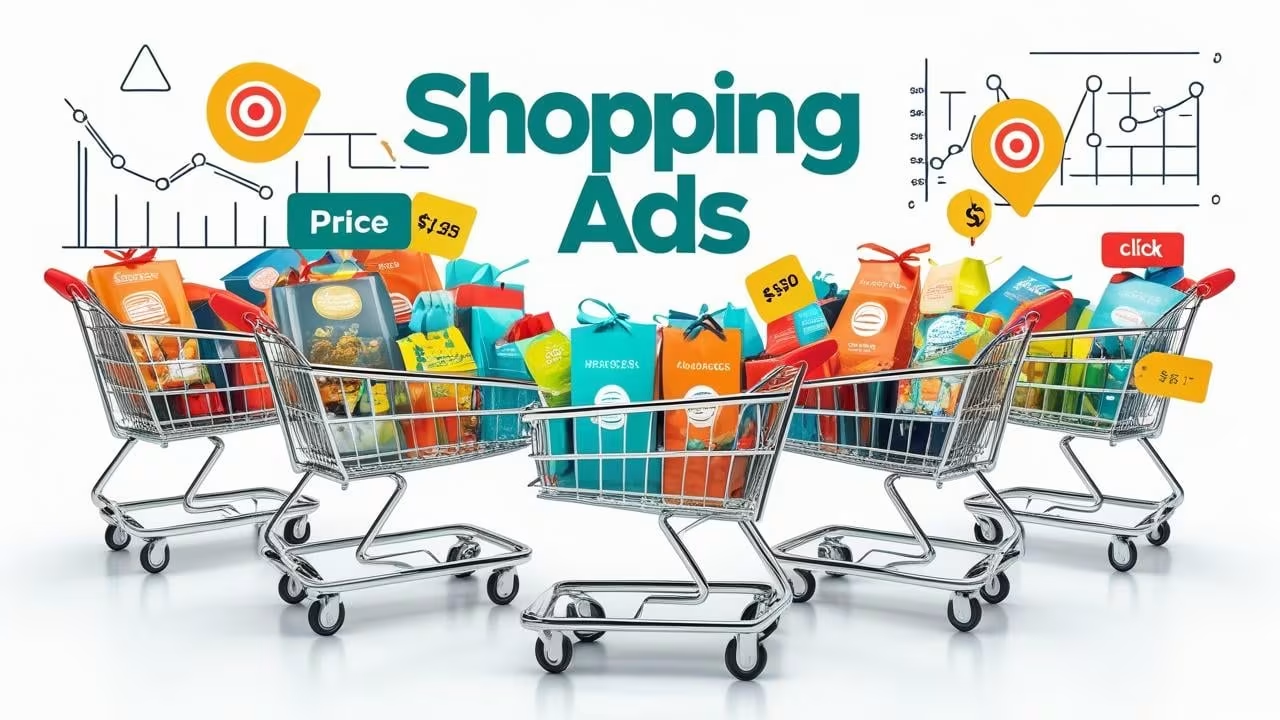
What Are Shopping Ads?
Product Listing advertisements (PLAs), often known as shopping advertisements, are ideal for e-commerce companies. These ads display product images, prices, and store names right in search results.
Benefits of Shopping Ads
- Visual appeal that captures attention.
- High conversion rates since users see product details upfront.
- Wide reach across Google and partner websites.
Shopping ads are one of the most conversion-focused types of search engine marketing for online stores.
5. Display Advertising
What Is Display Advertising?
Display advertising involves placing banner, image, or video ads across a search engine’s display network. These advertisements are excellent for remarketing and raising brand awareness.
Benefits of Display Advertising
- Reach millions of websites.
- Build strong brand visibility.
- Retarget visitors who didn’t convert.
- Use interactive formats like videos.
Display ads are a versatile addition to the types of search engine marketing that focus on awareness.
6. Remarketing
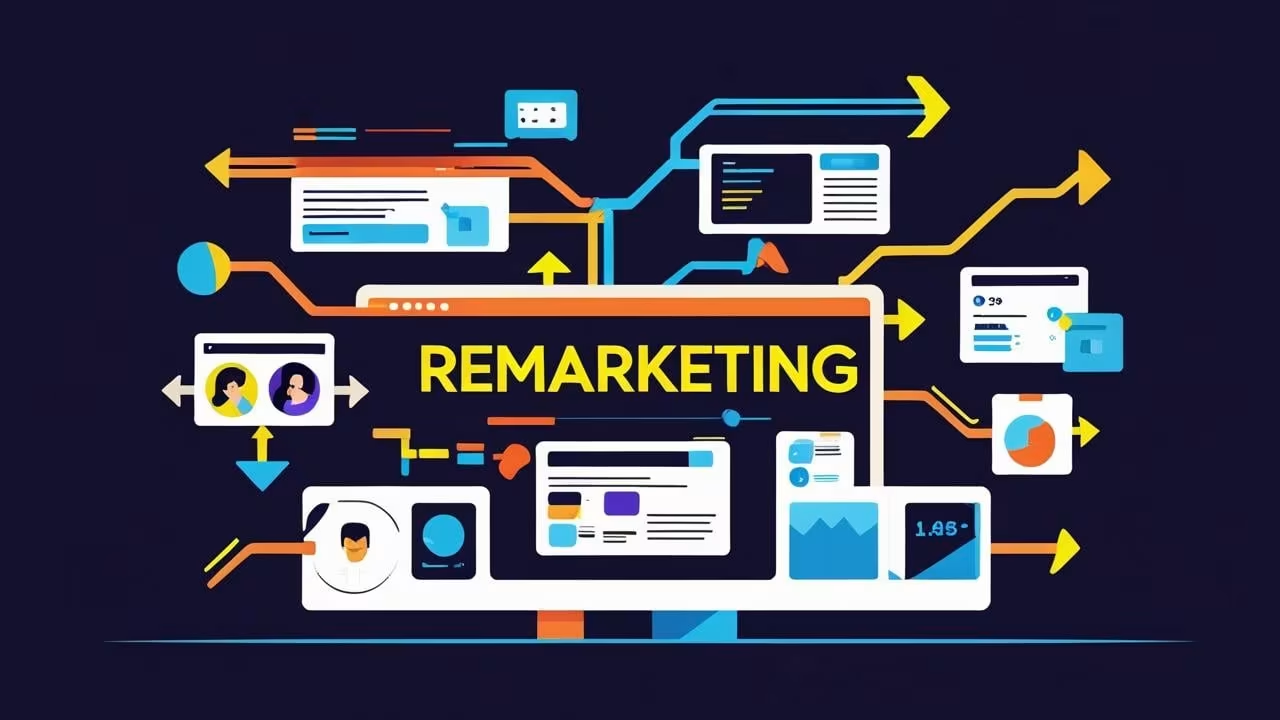
What Is Remarketing?
Remarketing, often referred to as retargeting, focusses on those who have already visited your website or engaged with your ads. These advertisements urge prospective buyers to come back and finish their order.
Benefits of Remarketing
- Higher conversion rates.
- Keeps your brand top of mind.
- Personalized offers to re-engage users.
- Cost-effective ad spend.
Remarketing is one of the most powerful types of search engine marketing because it targets warm leads.
7. Video Advertising
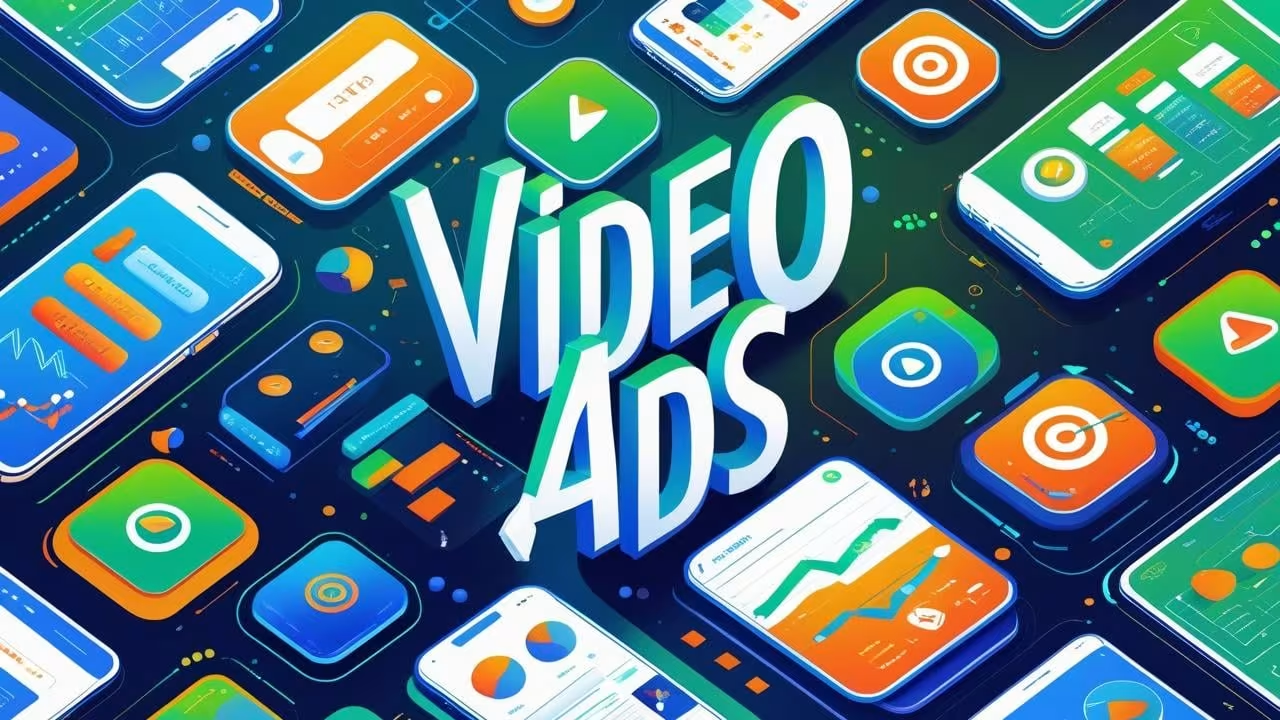
What Is Video Advertising?
Using captivating video content, video advertising leverages websites like YouTube to market goods and services.
Benefits of Video Ads
- Highly engaging format.
- Wide reach on YouTube (second-largest search engine).
- Strong storytelling opportunities.
- Advanced targeting options.
Video advertising stands out as one of the most innovative types of search engine marketing for boosting brand awareness.
8. Mobile Search Engine Marketing
- It is now imperative to optimise SEM for mobile consumers, as over half of all searches worldwide take place on mobile devices.
- Use mobile-friendly ad formats to ensure readability on small screens.
- Create responsive landing pages that load quickly on smartphones.
- Leverage click-to-call ads so mobile users can contact you instantly.
- Optimize for voice searches, which are growing rapidly due to digital assistants like Siri, Alexa, and Google Assistant.
9. Voice Search Optimization in SEM
- Voice search is changing how people search online. Instead of typing, users speak naturally. For SEM, this means:
- Keywords with a long tail, such “Where can I find the best pizza near me?” are being targeted. instead of just “best pizza.”
- composing text in a conversational style to correspond with voiced questions.
- Optimizing for local intent, since most voice searches are location-based.
- Adding voice-friendly SEO can give your brand an edge in capturing future traffic trends.
10. AI and Automation in SEM
Artificial intelligence is transforming SEM strategies:
- Smart bidding strategies in Google Ads automatically optimize your bids for the best ROI.
- AI-generated ad copy improves CTR (click-through rates) by testing multiple variations.
- Advertisers may determine which consumers are most likely to convert by using predictive analytics.
- Automated tools reduce manual work, saving time while improving campaign efficiency.
11. Integrating Social Media Ads with SEM
SEM doesn’t exist in isolation. Social platforms like Facebook, Instagram, and LinkedIn can work hand-in-hand with SEM campaigns.
- Use cross-channel remarketing to target users who clicked your Google ad but didn’t convert.
- Promote SEO-driven content through paid social campaigns to boost visibility.
- Create lookalike audiences based on SEM traffic data.
- This multi-channel approach ensures you’re reaching customers across both search and social platforms.
12. Budgeting for SEM Campaigns
One of the biggest questions businesses have is, “How much should I spend on SEM?”
- Start small with PPC campaigns to test keywords and ads.
- Invest gradually into SEO for long-term traffic.
- Track key metrics like CPC (cost per click), CTR (click-through rate), and CPA (cost per acquisition).
- Allocate budget across different SEM strategies (PPC, SEO, video, display) based on performance.
A balanced budget ensures you’re not overspending while still getting consistent results.
Common Mistakes in Search Engine Marketing
Many businesses waste money on SEM by making avoidable mistakes. Some of the most common include:
- focussing on irrelevant or general terms that draw in the incorrect kind of users.
- Negative keywords, which stop advertisements from appearing in unrelated searches, are ignored.
- Failing to optimize landing pages, resulting in high bounce rates.
- Not testing different ad variations.
- considering SEO to be a “one-time” endeavour rather than a sustained plan.
Avoiding these pitfalls ensures your SEM campaigns remain cost-effective and results-driven.
Choosing the Right SEM Strategy
Every kind of search engine marketing has its own advantages. For example:
- PPC is great for quick results.
- SEO delivers sustainable growth.
- Local SEO targets nearby customers.
- Shopping Ads boost e-commerce sales.
- Display Ads build awareness.
- Remarketing increases conversions.
- Video Ads engage audiences visually.
Often, the best strategy is combining multiple types of search engine marketing for maximum impact.
Why Search Engine Marketing Matters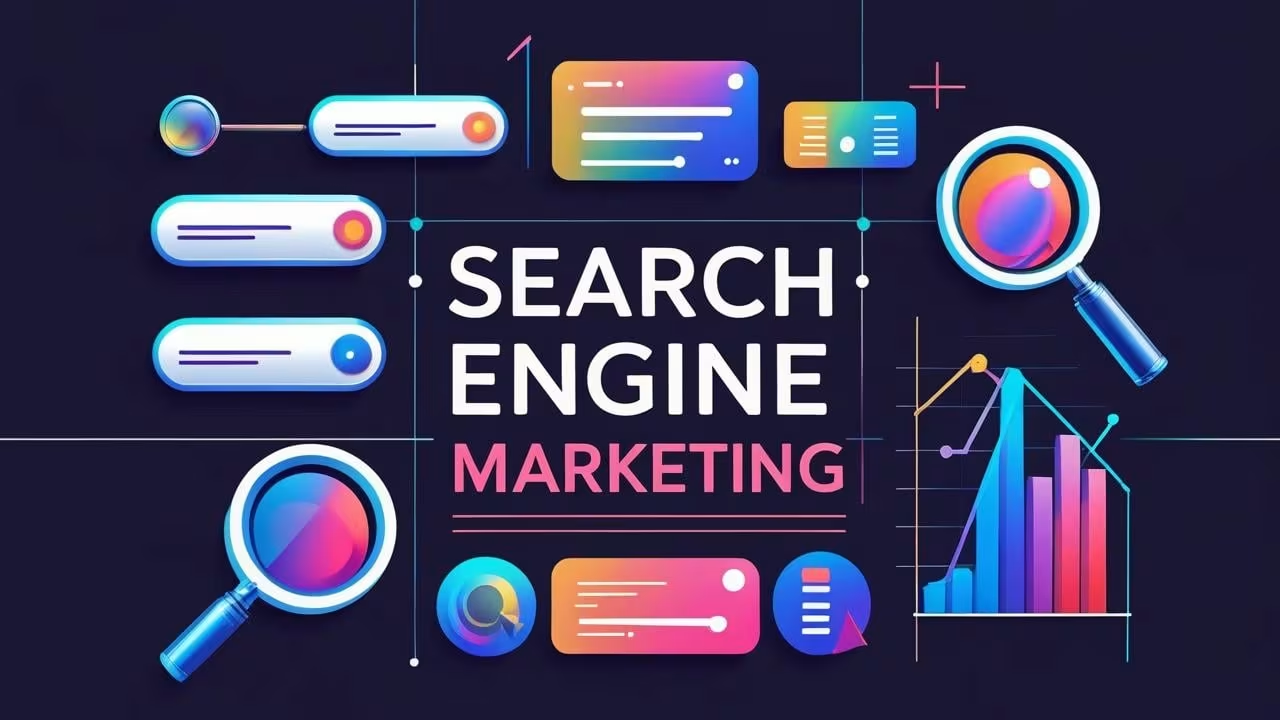
With billions of searches daily, using the right types of search engine marketing helps businesses stand out. Whether you’re a small business or a global brand, SEM provides flexible, measurable, and scalable strategies to attract leads and customers. From PPC to SEO, local SEO to remarketing, mastering these approaches ensures your brand thrives online.
Conclusion
Search engine marketing (SEM) is one of the most effective ways to grow your digital presence. By understanding the different types of search engine marketing—including PPC advertising, SEO, local SEO, shopping ads, display advertising, remarketing, and video ads—you can create a powerful strategy that drives traffic, builds trust, and increases sales.
Each SEM type has its advantages, and by combining them wisely, you can maximize your visibility and results. Start implementing these types of search engine marketing today and unlock your business’s full online potential!
Author- Shakeeb
FOR ALL BLOGS: https://digiskillzz.com/blog/


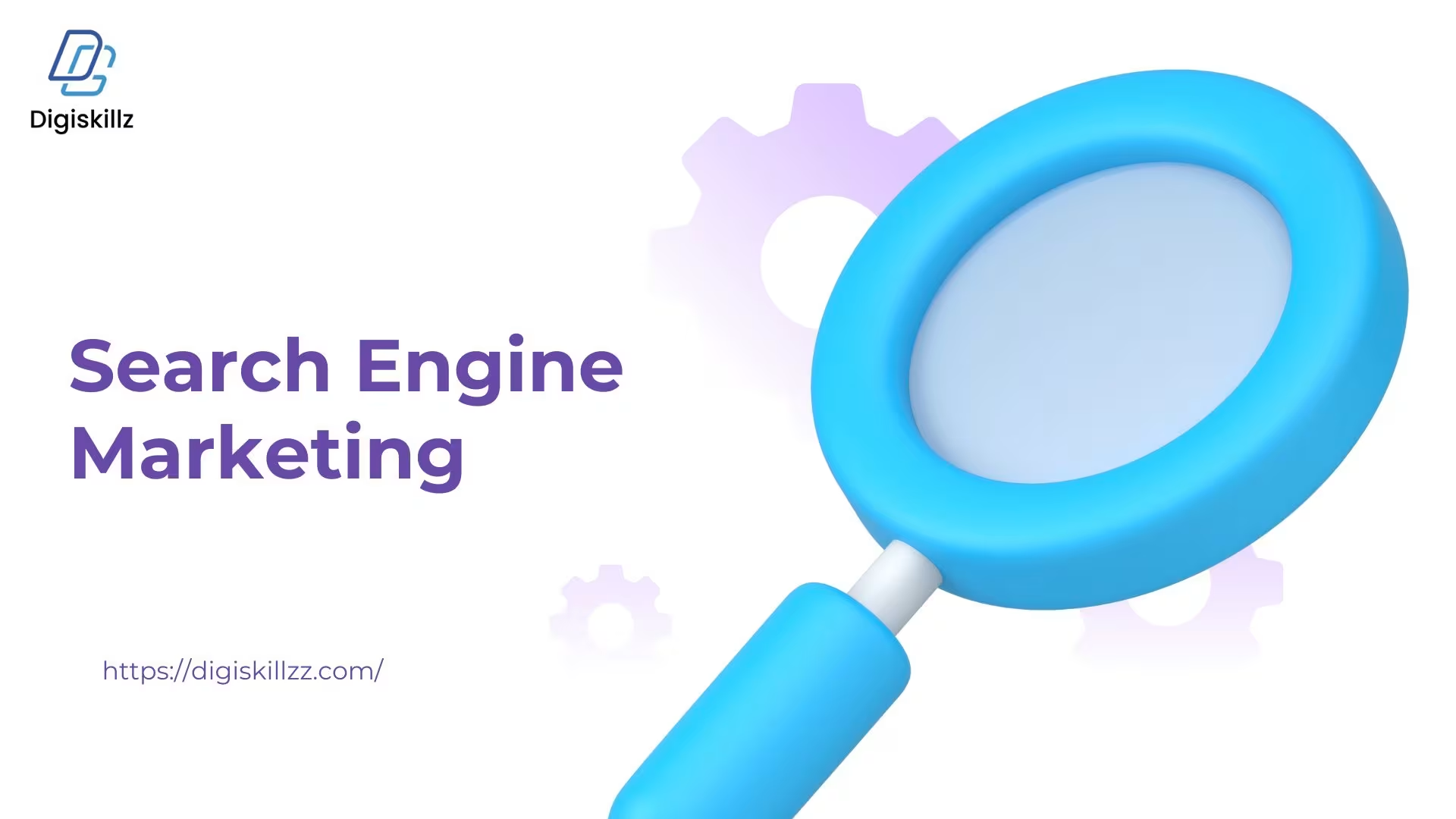
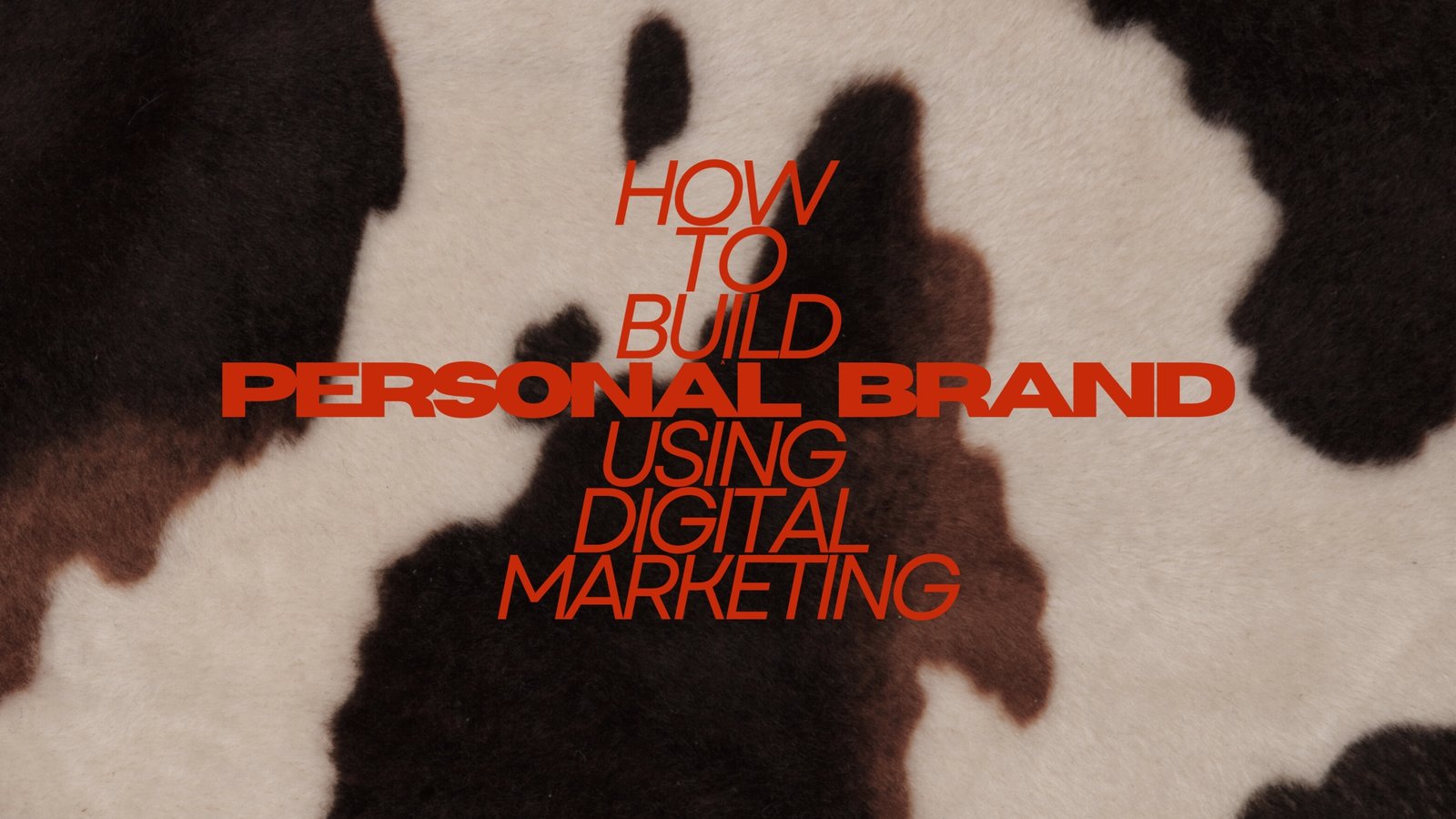



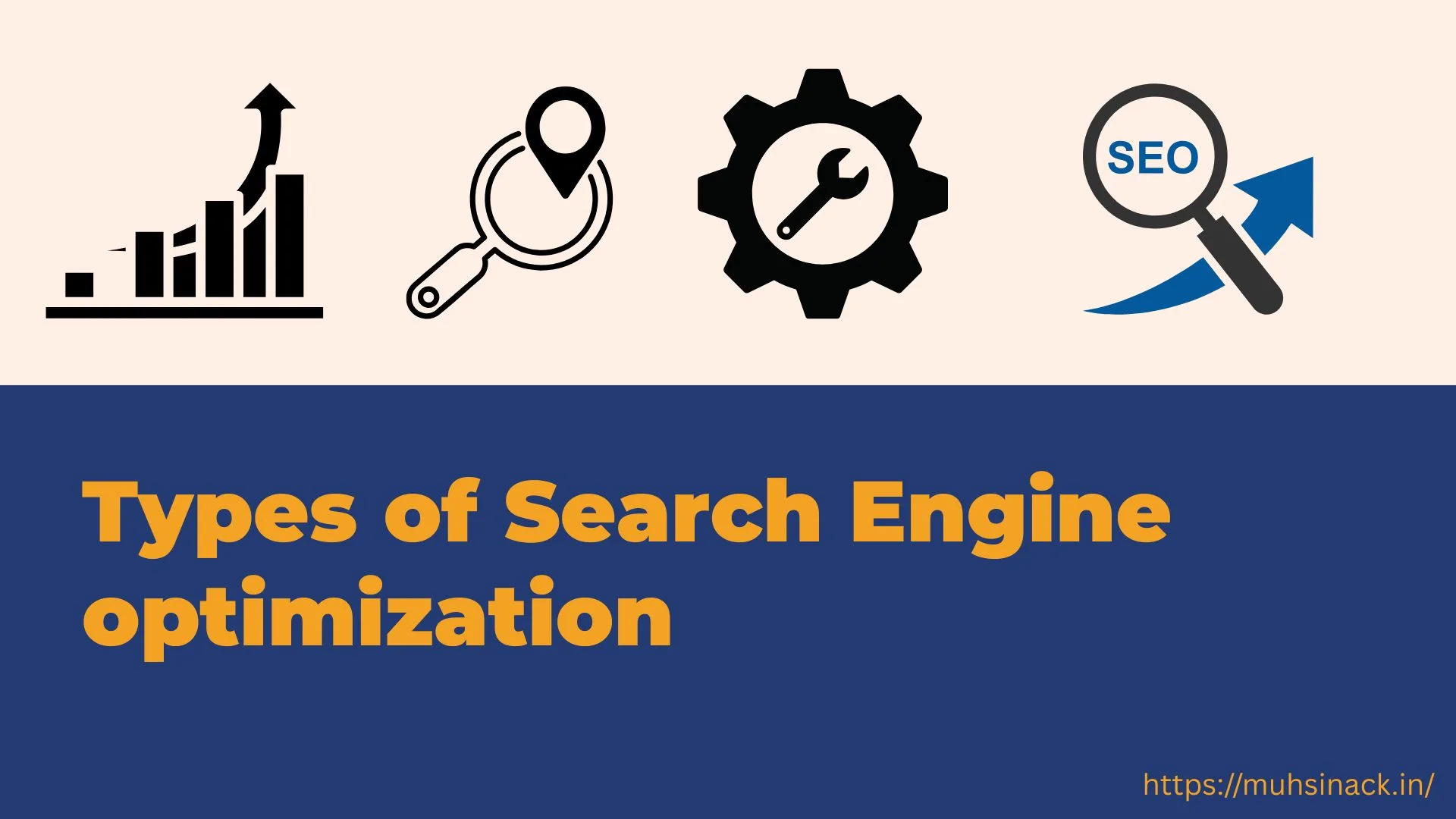
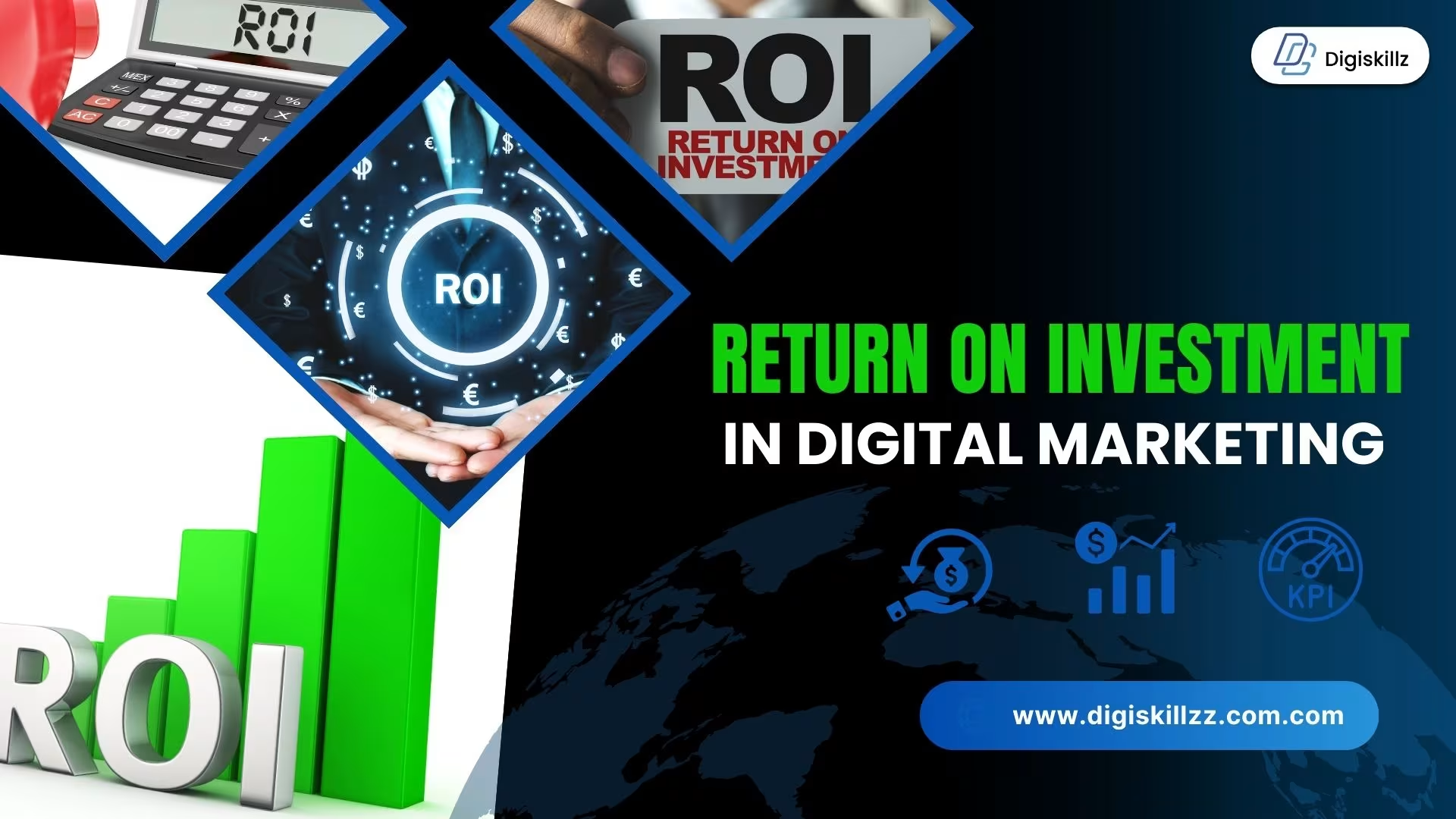
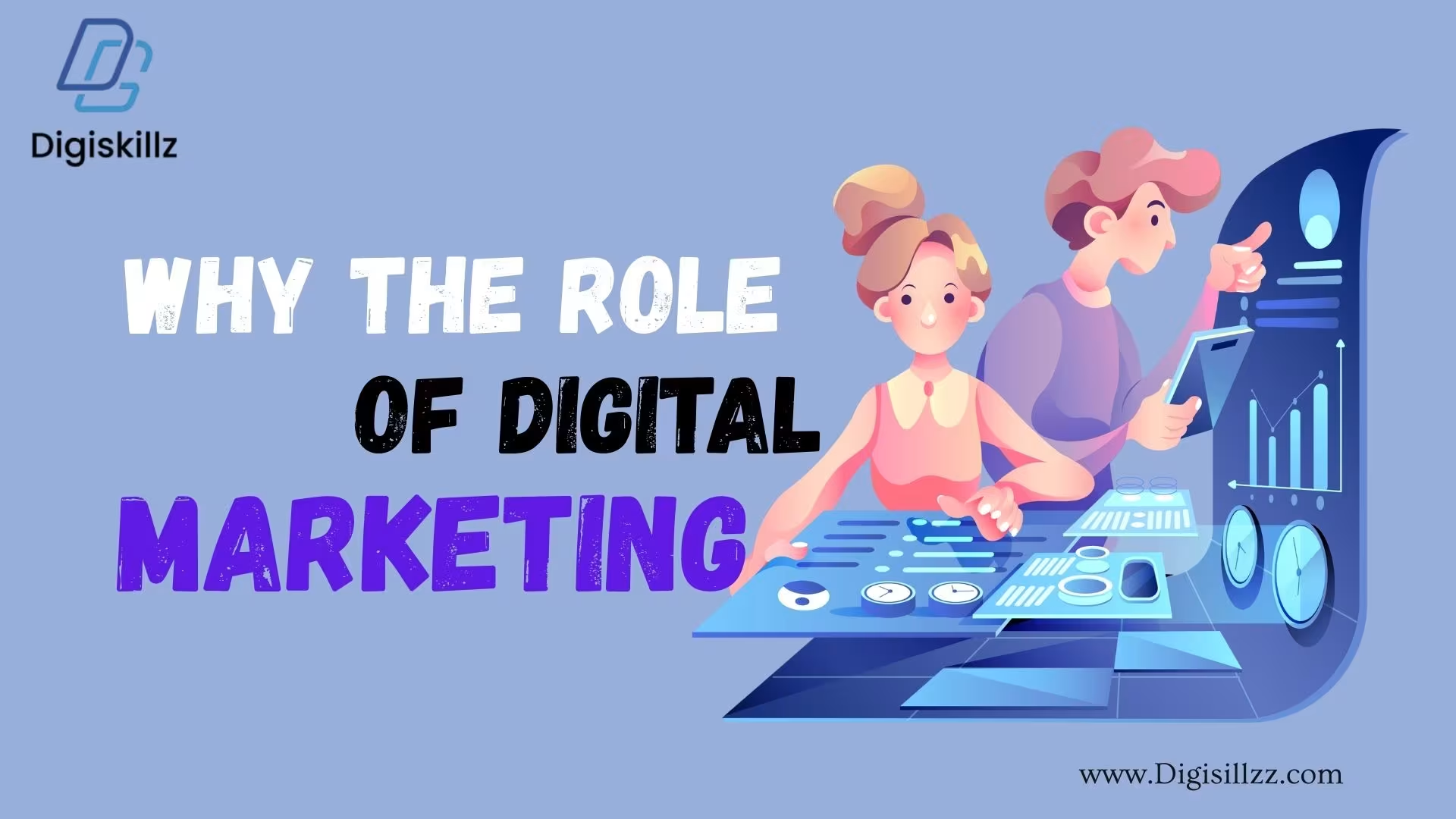
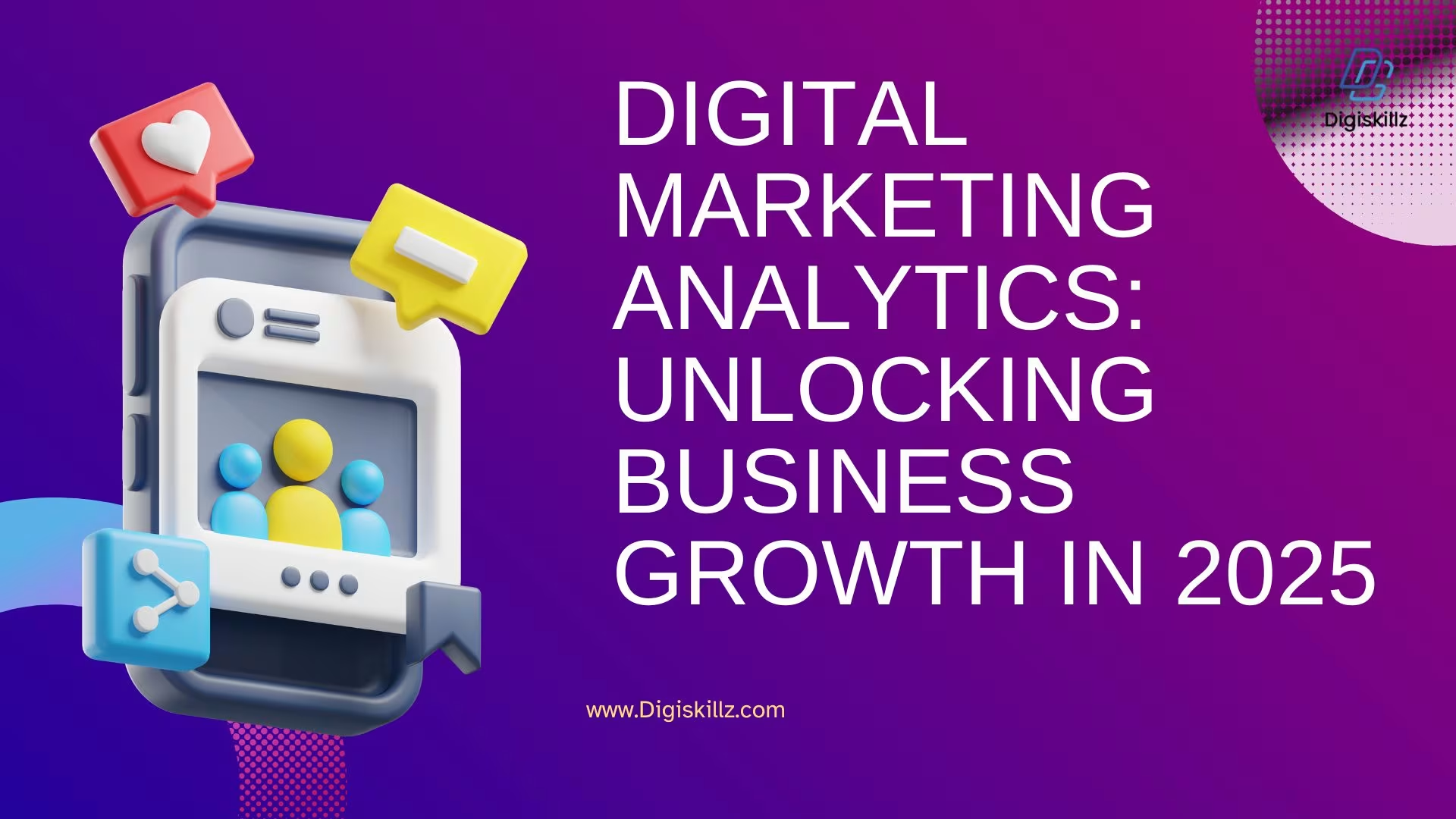
Leave A Comment